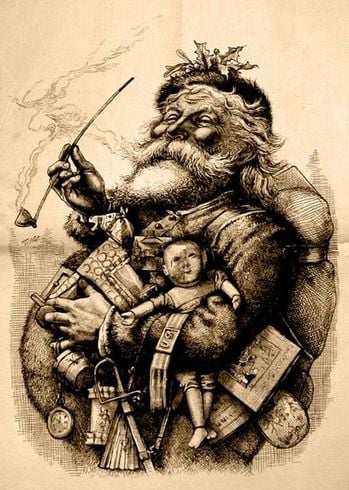 Today, on the thirtieth anniversary of John Lennon’s murder, I am thinking about how his dreams might have saved his life, had he been able to do more with them.
Today, on the thirtieth anniversary of John Lennon’s murder, I am thinking about how his dreams might have saved his life, had he been able to do more with them.
Late in 1979, Lennon was troubled
by a dream in which he was dining out with his wife Yoko Ono, and they were
approached by a chubby, bespectacled stranger. Lennon asked the man to prove he
was not “some nutcase” and the stranger became agitated. The police appeared
and told Lennon the chubby man had come to the restaurant armed with a handgun.
Lennon was distressed that he could not recall more details of this dream.
Then, early in 1980, Lennon had a
terrifying dream in which he read his own obituary. It stated that he had been
charged with his own homicide, which occurred near the Dakota on Central Park. John – both perpetrator and victim in the
dream – kept insisting that he was not guilty.
Lennon was killed
near the Dakota by a “chubby, bespectacled” man on December 8, 1980. Lennon’s agitation over his
inability to recall more details of the restaurant dream suggests that he
intuited that it may have contained vitally important information.
The Lennon
obituary dream flags our need to study our dreams carefully for early warning
messages. This may involve learning to read the language of our dreams. Lennon
saw the murderer as himself. Many analysts, given that information, would be
tempted to come up with a psychological interpretation of the dream, focused
(for example) on a possible conflict within the dreamer’s own psyche, or the
archetypal theme of the doppelganger.
But John Lennon’s second self – we can now see – was the deranged fan who
wanted to be John Lennon. Lennon’s
murderer identified with his victim to the point that he married a Japanese
woman, collected art like Lennon and signed out at work (the night before the
murder) as “John Lennon”.
John Lennon’s intuition told him that his dreams of death needed to be heeded. Tragically, he did not have available the active dreaming techniques that might have helped him to clarify the dream information and avoid his appointment with death. Foremost among those techniques – as we practice them today as active dreamers – are dream reentry, which involves going back consciously inside a dream to get the information clear; tracking, which means getting an experienced partner to scout inside your own dreamscape to get an objective perspective; and taking right action to apply the dream guidance.
for more on dreams of the Beatles, see my book The Secret History of Dreaming (New World Library). On the techniques of active dreaming, see The Three “Only” Things: Tapping the Power of Dreams, Coincidence and Imagination (New World Library).
Strawberry Fields memorial photo by Michael S. Koren

